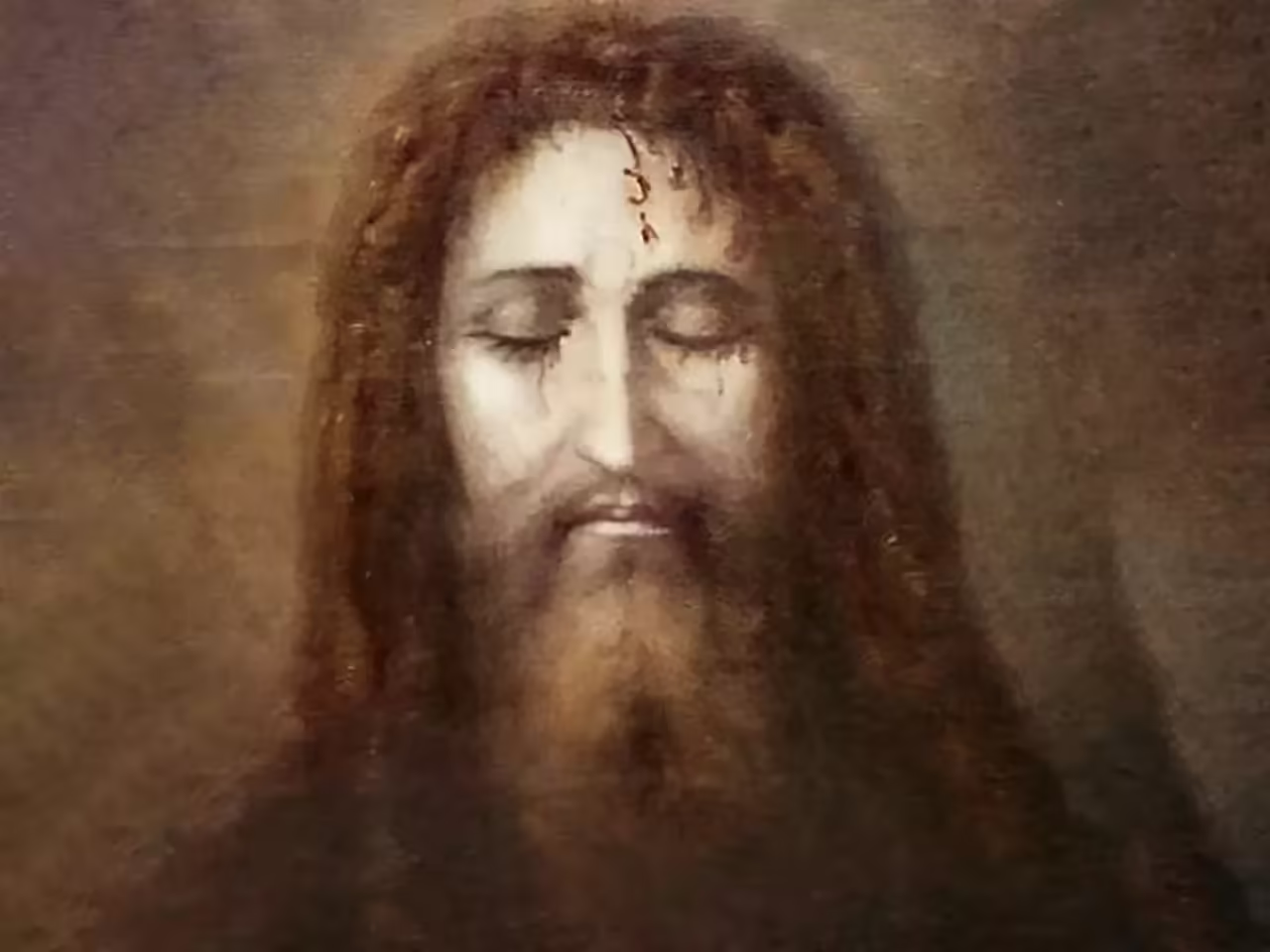We are all used to seeing the historical Jesus depicted as a Caucasian man, with light brown, almost blonde hair, and blue eyes. Despite the fact that in the Middle East where he played the role of him, people have very different physical features. Historians have always had that dilemma to resolve; However, currently there are more tools to have a more accurate estimate of what the most influential man in the world would look like. In this installment we present: the true face of Jesus of Nazareth. Let’s see:

Scientific studies deny the popular face
According to studies carried out by British researchers from the BBC, they affirm that the historical Jesus is very different from symbolic representations. In fact, they say that it is not possible that he had long hair and a long beard, because at that time nobody wore such a style. Most likely he had short hair and a beard trimmed close to the skin. The researchers recreated a model that historically would be the most appropriate for that context, taking into account the place where he lived and the Jewish descent that Jesus had.
The model was recreated from a skull from the early years after Christ, found in the region where Jesus lived, now known as Palestine. The final model was made by forensic anthropologist Richard Neave, who shows a man with a dark complexion, dark eyes, strong features, short hair and beard, although this representation is not the very face of Jesus of Nazareth, but rather shows an approximation more realistic, according to official science, of what a common man of that time would look like, living in the Middle East region. Quite the opposite of the first Byzantine representations of Jesus Christ.
According to the data obtained, they concluded that the closest representation to the appearance of Jesus would be the Moses that was painted in the third century after Christ, on the walls of the Dura Europos synagogue. Although it is not a His own representation of Jesus, shows how a Jewish man must have looked in Greco-Roman times, with short hair, a short beard and a tunic below his knees, just as forensic anthropologists managed to recreate Jesus.
There is no exact information about what motivated the artists of that time to give him an appearance very similar to that of Zeus, the father of the gods of Greek mythology.
Another rather controversial contribution was made by the Dutch photographer Bas Uterwijk, who used an artificial intelligence program to recreate the true face of Jesus. The result was surprising. Like the BBC researchers, the representation differs quite a bit from what has been wanted to show in historical paintings. The Artbreender software has also been used by the photographic artist, to recreate historical figures such as King David, Napoleon, Vincent Van Gogh, among other relevant men.
The result of the image was thanks to two neural networks with which the Artificial Intelligence Software is endowed. The first one reconstructs the face, with a database of historical images and the other neural network, is in charge of cataloging how real the work achieved is. When the program renders the final image, the artist retouches it with Photoshop to achieve a hyper-realistic finish.
A dilemma that has been going on for centuries
For this work, Uterwijk included Byzantine and Renaissance depictions of Jesus of Nazareth. He also included Leonardo Da Vinci’s Salvator Mundi and the portrait scientists made from the Shroud of Turin. In addition, he had to recreate himself from the ethnic groups of the Middle East. Finally, two images were recreated, one with long hair and one with short hair.
His work spread through all social networks having a great impact. When his work went viral, the artist stated that his intent was not to be scientifically accurate, but rather to provide artistic insight into what Jesus would have actually looked like.
The true face of Jesus has always been a mystery. According to history and sacred records, he was capable of prodigies such as transfiguring his face and going unnoticed among the crowds. It was for this reason that Judas had to kiss him to indicate to the Roman soldiers that it was Jesus, because otherwise they would never have been able to capture him.
Many researchers, scientists, even esotericists, have wanted to show that the image of the teacher that has been reproduced throughout history does not agree with reality. However, it is a fact that anyone, even not a religious believer, has the etched idea that Jesus was white, blond, and light-eyed.
Although you already have a clearer idea of what Jesus of Nazareth would look like, in reality, it is a fact that devotion goes beyond the physical appearance that he may have had. Symbolic representations have always been of greater interest in the religious context than any other historical data.







